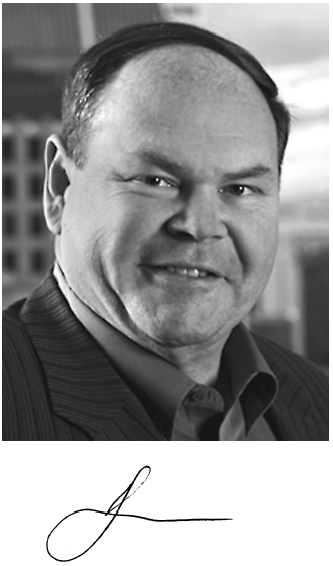
1957–2013
Elected in 2012
“For coinvention of directed evolution and development of protein therapeutic platforms.”
BY LORI GIVER AND FRANCES ARNOLD
WILLEM (Pim) STEMMER, a pioneer in the field of protein engineering and founder of multiple biotech companies, died of cancer on April 2, 2013, at the age of 56.
Pim was born in Holland and attended the Institut Montana in Zugerberg, Switzerland, graduating in 1975. He received his doctoraal in biology from the University of Amsterdam in 1980, followed by a PhD in biology in 1985 from the University of Wisconsin, Madison. As a postdoctoral researcher in the laboratory of geneticist Fred Blattner at Wisconsin, Pim displayed random peptide libraries on phage coats and expressed antibody fragments in bacteria. This experience with newly emerging biomolecular engineering techniques formed the basis for much of his future work. He founded his first company, Genetic Designs, in 1985 to develop new peptide phage display, antibody expression, and codon-based synthesis techniques for biotechnology.
Two years later he joined Hybritech and extended his work in antibody fragment engineering to applications in cancer treatment. In 1992 he moved to the Affymax Research Institute, where, as distinguished scientist, he developed the DNA shuffling technology that was the basis for his next company, Maxygen, which he cofounded in 1997 with Alejandro Zaffaroni, Russell Howard, and Isaac Stein.
Pim’s DNA shuffling technology was a revolutionary method for evolving single genes, gene families, operons, biosynthetic pathways, and even whole viruses using repeated cycles of in vitro recombination. The protein products coded by these novel genes could then be screened for desired properties. This process, combining key elements from computer science (genetic algorithms) and classical breeding with state-of-the-art molecular biology, made it possible to use directed evolution to tailor-make novel protein products for specific applications. The method was essentially “sex in a test tube.” At Maxygen, Pim and his colleagues applied the technology in numerous fields (including pharmaceuticals, chemistry, and crop traits) and developed an extensive portfolio of patents that in 2003 was ranked #1 in pharma/biotech by MIT’s Technology Review. Three daughter companies—Verdia (purchased by Dupont in 2004), Perseid (purchased by Astellas in 2011), and Codexis (IPO in 2010)—were spun out from Maxygen to further apply DNA shuffling to the areas of agriculture, pharmaceutical proteins, and chemicals.
Refocusing on antibodies, in 2001 Pim developed the avimer technology and founded Avidia Inc. in 2003. Avimers are antibody mimetics, with multiple binding sites linked by rigid peptide linkers. Research at Avidia focused on the development of avimers as potential therapeutics, and the company was bought by Amgen in 2006.
Ever the pioneer, Pim cofounded Amunix with Volker Schellenberger in 2006 and together they developed the XTEN technology for extending the half-lives of biopharmaceuticals. By spinning out two product-focused companies (Versatis in 2009 and Diartis in 2011), Pim was able to preserve broad access to the XTEN technology via Amunix while enabling the rapid clinical development of XTEN-based products.
Pim held more than 100 US patents and was an author on at least 70 scientific publications. He thought deeply about the intersection of the scientific, commercial, and legal realms, as exemplified by his 2002 gem “How to publish DNA sequences with copyright protection” (Nature Biotechnology 20:217). His many honors included selection for the Ada Doisy
Lecture, conferred by the University of Illinois at Urbana-Champaign in 2000; the American Chemical Society’s David Perlman Memorial Lectureship in 2001; and the NASDAQ VCynic Award in 2005. The rapidly growing impact of his contributions to directed enzyme evolution, both at and beyond his companies, was recognized by the NAE’s Charles Stark Draper Prize in 2011. The following year Pim was elected to the National Academy of Engineering; he was very honored by his election, which he felt was good closure to his career.
Pim is survived by his mother, wife, son, daughter, and sister. He will be deeply missed by his many friends, colleagues, and all who were fortunate to work with him and enjoy his boundless passion for science and the creative process.




